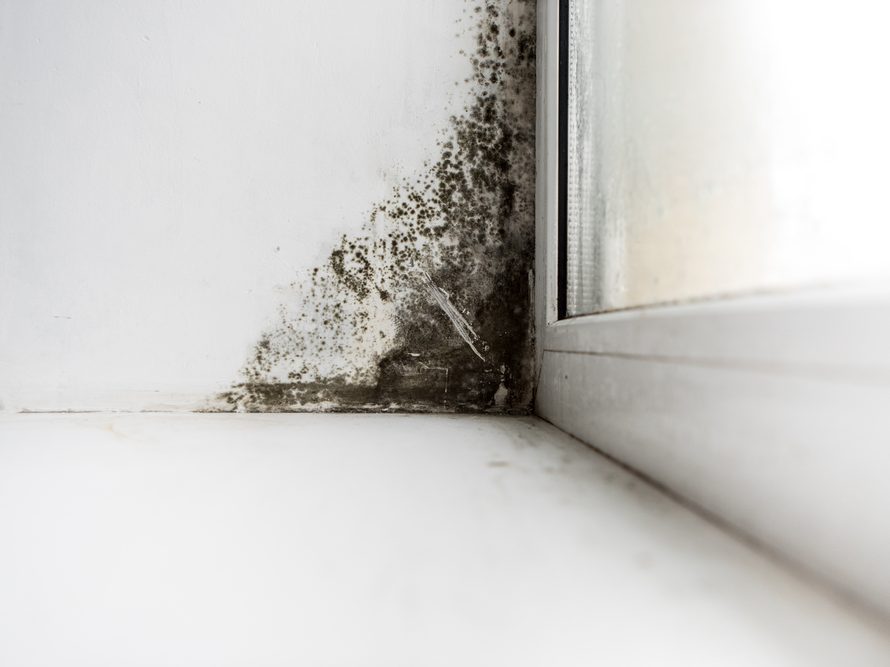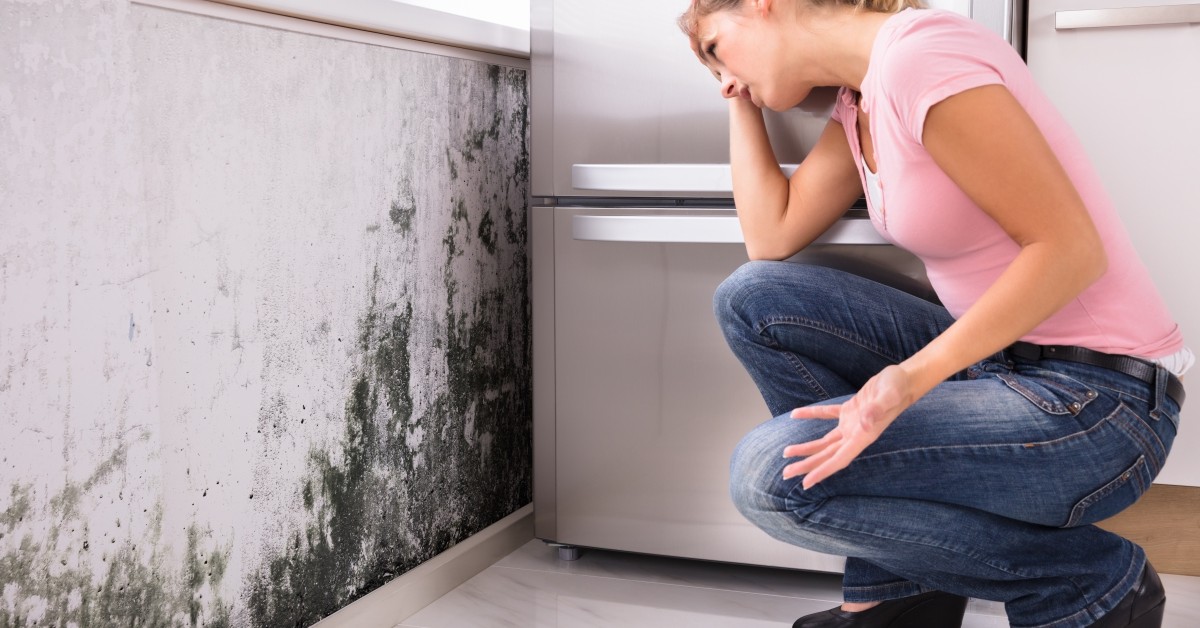Testing Air Quality After Mold Remediation
Testing Air Quality After Mold Remediation
Blog Article
Your Ultimate Guide to Article Mold Remediation Strategies
Navigating the realm of post-mold removal strategies is a careful process that demands interest to information and a thorough understanding of the ins and outs involved. In the consequences of mold and mildew invasion, recognizing how to efficiently remove the mold and stop its reoccurrence is vital for maintaining a healthy indoor setting. From choosing the ideal cleaning and decontaminating techniques to implementing techniques for lasting mold and mildew prevention, each action in the remediation journey plays a crucial role in guaranteeing an effective end result. As we start this exploration of post-mold removal strategies, we will certainly reveal the vital techniques and finest practices that can help you restore your area to its pre-mold problem and protect it versus future mold and mildew risks.
Understanding Post-Mold Remediation Process
After completing the mold remediation procedure, it is critical to recognize the post-mold removal strategies that are needed to ensure a reliable and comprehensive clean-up. Once the mold has actually been gotten rid of, the next action entails cleaning and disinfecting the affected areas to stop any kind of regrowth of mold. This consists of making use of specialized cleansing representatives to wipe down surface areas and kill any kind of remaining mold spores. It is vital to dry the area entirely to inhibit the development of mold in the future (Post Mold Remediation). Appropriate air flow and dehumidification can help in this procedure.
Furthermore, conducting a last evaluation post-remediation is crucial to make sure that all mold and mildew has actually been efficiently removed. This examination should entail a complete aesthetic check in addition to possibly air tasting to confirm the lack of mold spores in the air. Additional removal might be required if the assessment exposes any kind of sticking around mold and mildew. Informing passengers on preventive actions such as managing moisture degrees and without delay addressing any kind of water leaks can help preserve a mold-free setting.
Reliable Cleaning and Decontaminating Approaches

Protecting Against Future Mold Growth

Importance of Appropriate Ventilation
Correct ventilation plays an important function in preventing moisture accumulation, an essential variable in mold development within indoor atmospheres. Reliable air flow systems help get rid of excess humidity from the air, decreasing the opportunities of mold spores locating the dampness they require to spread and sprout. Without adequate ventilation, interior rooms can end up being a breeding ground for mold and mildew, causing possible wellness threats and architectural damage.
By making certain correct air flow, ventilation systems can likewise assist in drying out moist areas quicker after water damages or flooding occurrences, additionally preventing mold and mildew growth. Post Remediation verification. In spaces like shower rooms, attic rooms, kitchen areas, and basements where dampness levels often tend to be higher, installing and preserving efficient air flow systems is critical in stopping mold invasions

Tracking and Upkeep Tips
Provided the important duty that appropriate air flow plays in stopping mold growth, it is imperative to establish effective surveillance and upkeep suggestions to ensure the continued functionality of air flow systems. Surveillance moisture levels within the residential property is also vital, as high humidity can add to mold growth. By staying mindful and positive to the condition of air flow systems, property owners can successfully minimize the threat of mold and mildew regrowth and keep a healthy and balanced interior atmosphere.
Conclusion
Finally, post-mold removal strategies are vital for guaranteeing a clean and secure environment. Comprehending the procedure, carrying out efficient cleansing and sanitizing approaches, protecting against future mold and mildew development, keeping correct air flow, and normal tracking are all vital steps in the removal process. By following these standards, you can efficiently eliminate mold and mildew and prevent its return, functioning or advertising a healthy and balanced living area for all owners.
In the mold removal rental consequences of mold and mildew invasion, understanding how to efficiently get rid of the mold and avoid its reoccurrence is extremely important for maintaining a healthy indoor setting. As soon as the mold has been gotten rid of, the following action entails cleansing and decontaminating the affected locations to stop any regrowth of mold - After mold remediation. After getting rid of visible mold growth, it is important to clean all surface areas in the affected location to remove any kind of remaining mold spores. To additionally improve mold avoidance measures, it is crucial to attend to underlying problems that at first led to mold and mildew development.Given the vital role that correct air flow plays in avoiding mold and mildew growth, it is crucial to develop effective monitoring and maintenance ideas to make sure the continued performance of air flow systems
Report this page